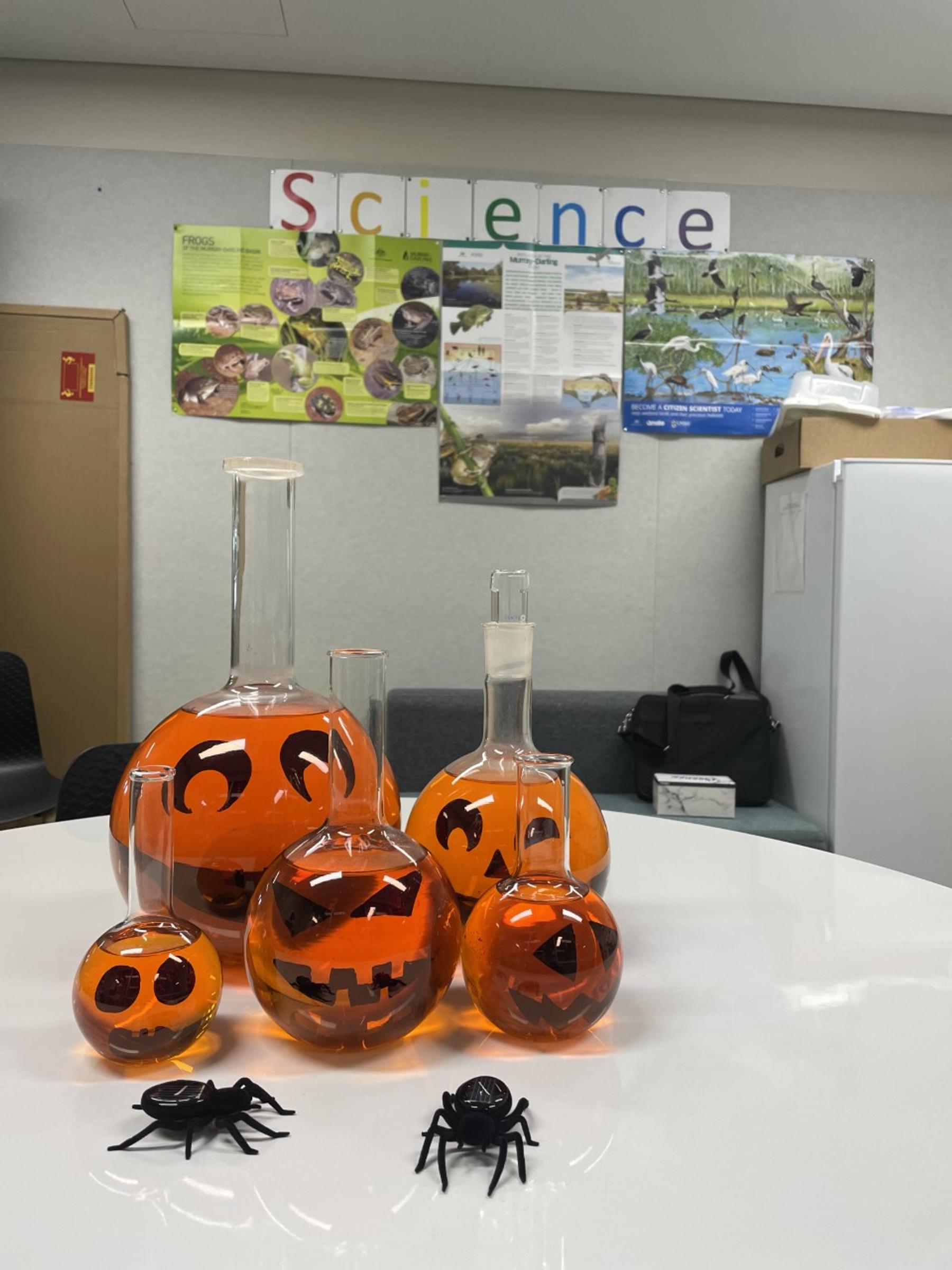Science

Year 7 have been looking at ecosystems and using pitfall traps, quadrats and transects to sample the biotic factors to determine their abundance. These techniques have been used on the Year 7 camp to study coastal ecosystems to enrich and expand their learning outside the classroom.
Year 8 students have been learning about ecosystems, body systems and reproduction over the past few months. These topics are vital for their personal futures as they cover how the body works and what happens if something stops working properly, human impacts on the environment and animal reproduction, specifically human reproduction. It would be valuable for families to discuss these issues, including the 'birds and the bees', with their children to make sure they make informed choices in the future.
Year 9 are enjoying Chemistry and Earth systems topics at the moment and have been investigating the effect of different brands of antacids on strong acids that occur in the stomach. It is these investigations that make the research and experiment we do in Science so important for our future generations to help them make informed choices about what they are doing and using in the real world.
Year 10 - have sat their final Science exam and are now prepping for Year 11 through intensive science-skills based classes. Year to year we have a large cohort of year 10 students taking up Science in Stage 6 so we want to prepare them as best we can, and that is what the end of term is all about in Science. Students can access more resources and help to better prepare them for the next 2 years by talking with their teacher.
Finally, every year we partner with Lake Macquarie High School and Warners bay High School to re-enact Eratosthenes famous experiment, where he calculated the circumference of the Earth over 2000 years ago (people knew the Earth was a globe way back then!). During this experiment, we zoom call the other schools and all use the shadows cast by the flagpoles at our schools to take the angles of shadows at the exact same time. We then use the difference between our schools (in km) to calculate the circumference of the Earth based on the difference of our angles. This year we have used some of our extension class students to perform the experiment - a great opportunity for them!
